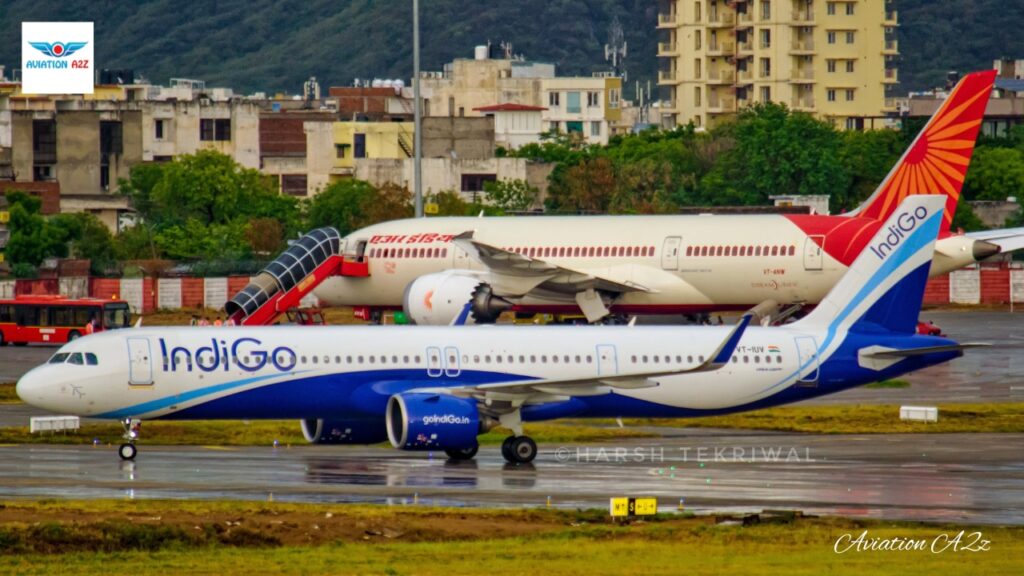MIDDLE EAST ASIA- Qatar Airways (QR) and Etihad (EY) have emerged as a formidable presence within the worldwide aviation sector, largely attributed to the strategic placement of their home bases in the Gulf region.
Their geographical advantage enables them to seamlessly transfer significant volumes of passengers between Asia, Africa, and Europe.

Boeing 787-9 Dreamliner | A6-BLA (ZRH), CC BY-SA 2.0, https://commons.wikimedia.org/w/index.php?curid=46821489
Rise and Rise of Etihad and Qatar Airways
These carriers are state-owned entities from energy-producing nations, endowing them with the competitive spirit to dominate transcontinental travel with compelling pricing strategies.
The prosperity of their energy resources has facilitated the creation of impressive tourism infrastructure around pivotal transit hubs situated in Dubai, Doha, and Abu Dhabi, thereby ensuring the continuous flow of air traffic through the Gulf region.
These airlines have successfully gained market shares from both European and Asian counterparts by delivering top-tier hospitality and service excellence.
Gulf Airlines are presently engaged in competition within their own ranks.
Qatar has notably invested significantly in enhancing its infrastructure and branding, a momentum that gained momentum after successfully hosting the FIFA World Cup in 2022, thus shining brighter than its competing airline nations.
While these advantages are certainly important, they alone cannot counterbalance these carriers’ inherent challenge: a lack of originating traffic from West Asia.
The true growth of the airline industry is concentrated in Asia, particularly within the flourishing Asian aviation market, with the Indian aviation sector poised for rapid expansion.
Moreover, India’s aviation market is emerging from a prolonged period of under-capitalization, coupled with ambitions to establish its own airline transit hub.

Lessons to be Learned for Indian Carriers
As an initial strategy, Indian airlines must find ways to offset the elevated cost of jet fuel within the country by establishing routes to destinations where aircraft refueling is more cost-effective.
To remain competitive, they will need to emulate the Gulf carriers by providing premium services for travelers bound for Europe and America. This approach will help maintain their profitability in the domestic sector, which typically operates with slim margins.
Like Qatar’s role for Qatar Airways, Indian “home bases” will need to actively attract genuine business and first-class passengers actively, fostering related industries to rival established transit hubs like Dubai and Singapore.
Stay tuned with us. Further, follow us on social media for the latest updates.
Join us on Telegram Group for the Latest Aviation Updates. Subsequently, follow us on Google News.

